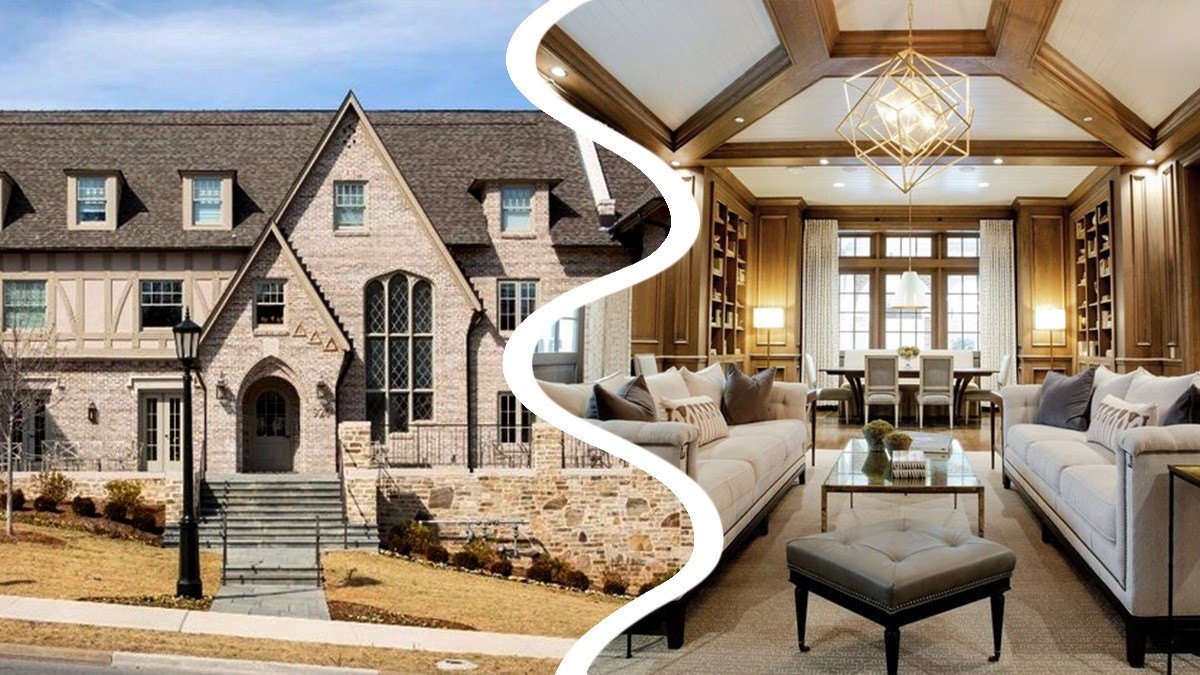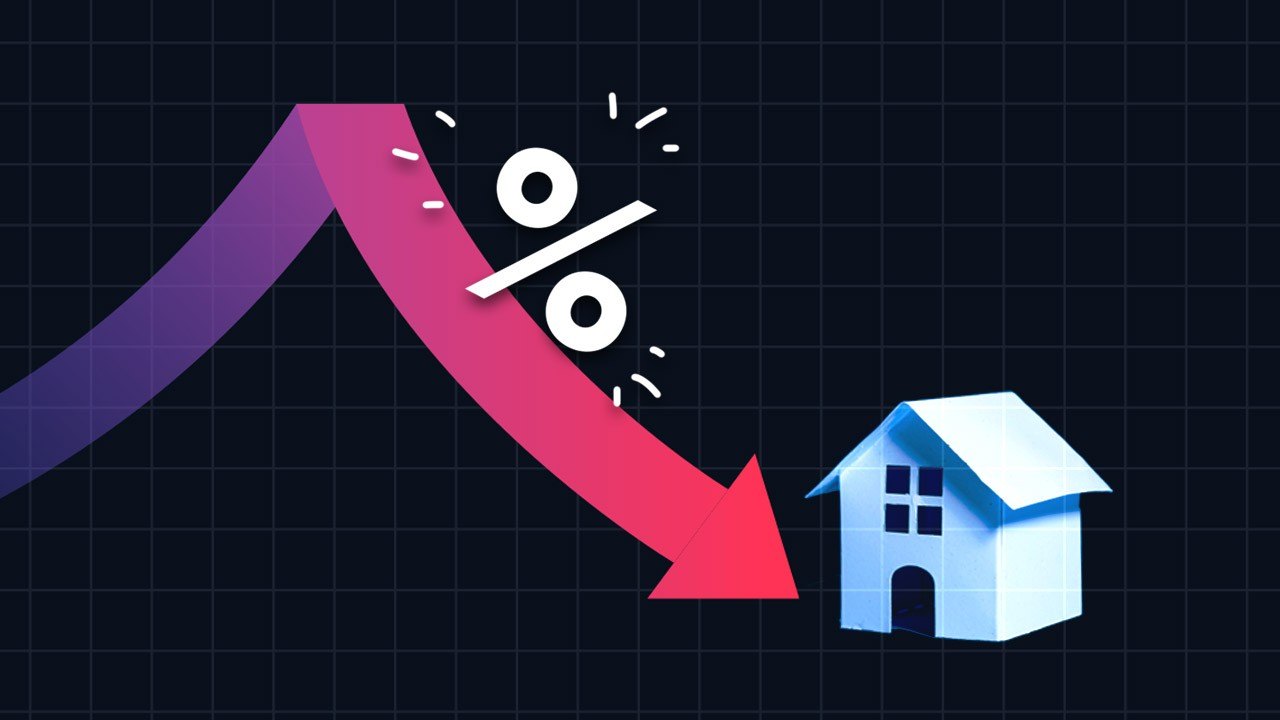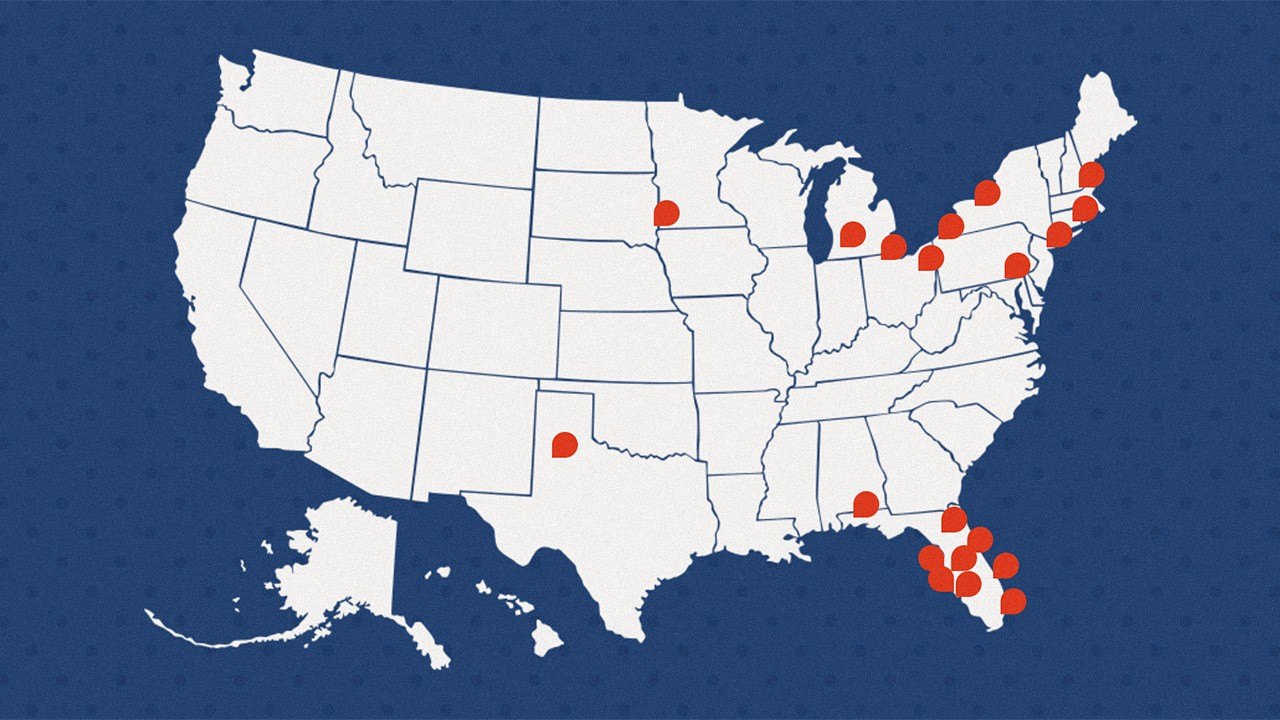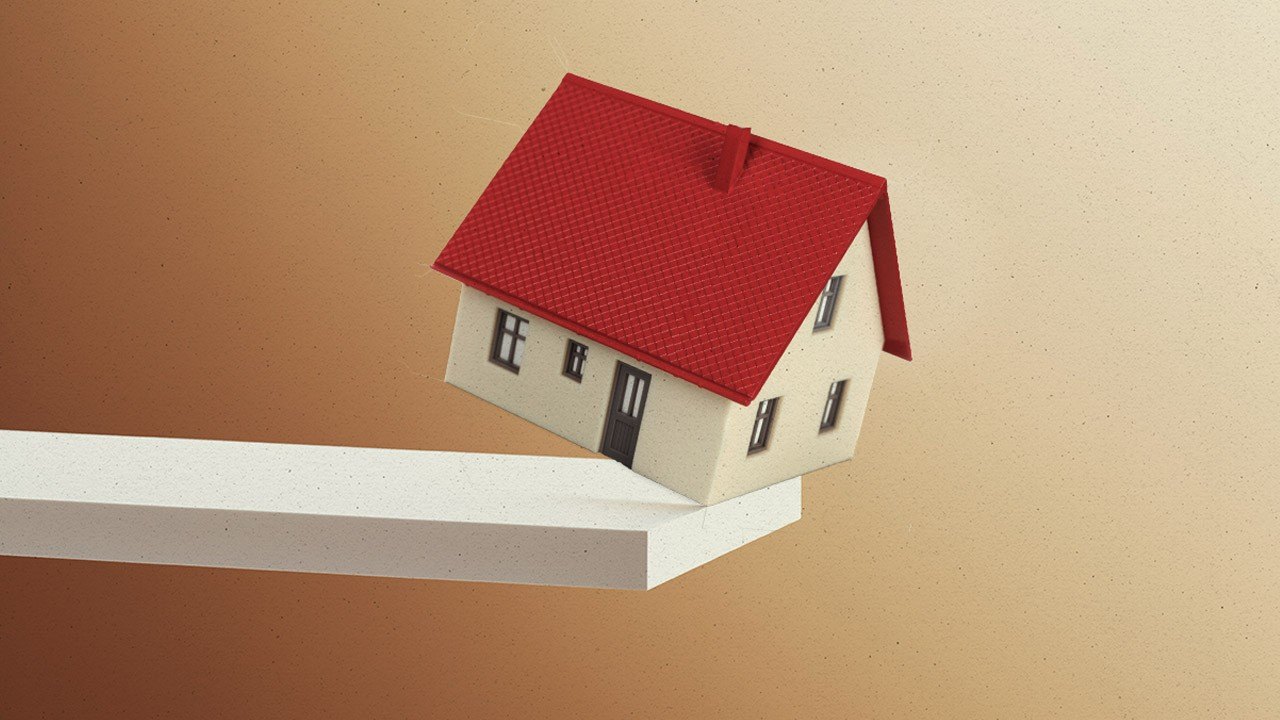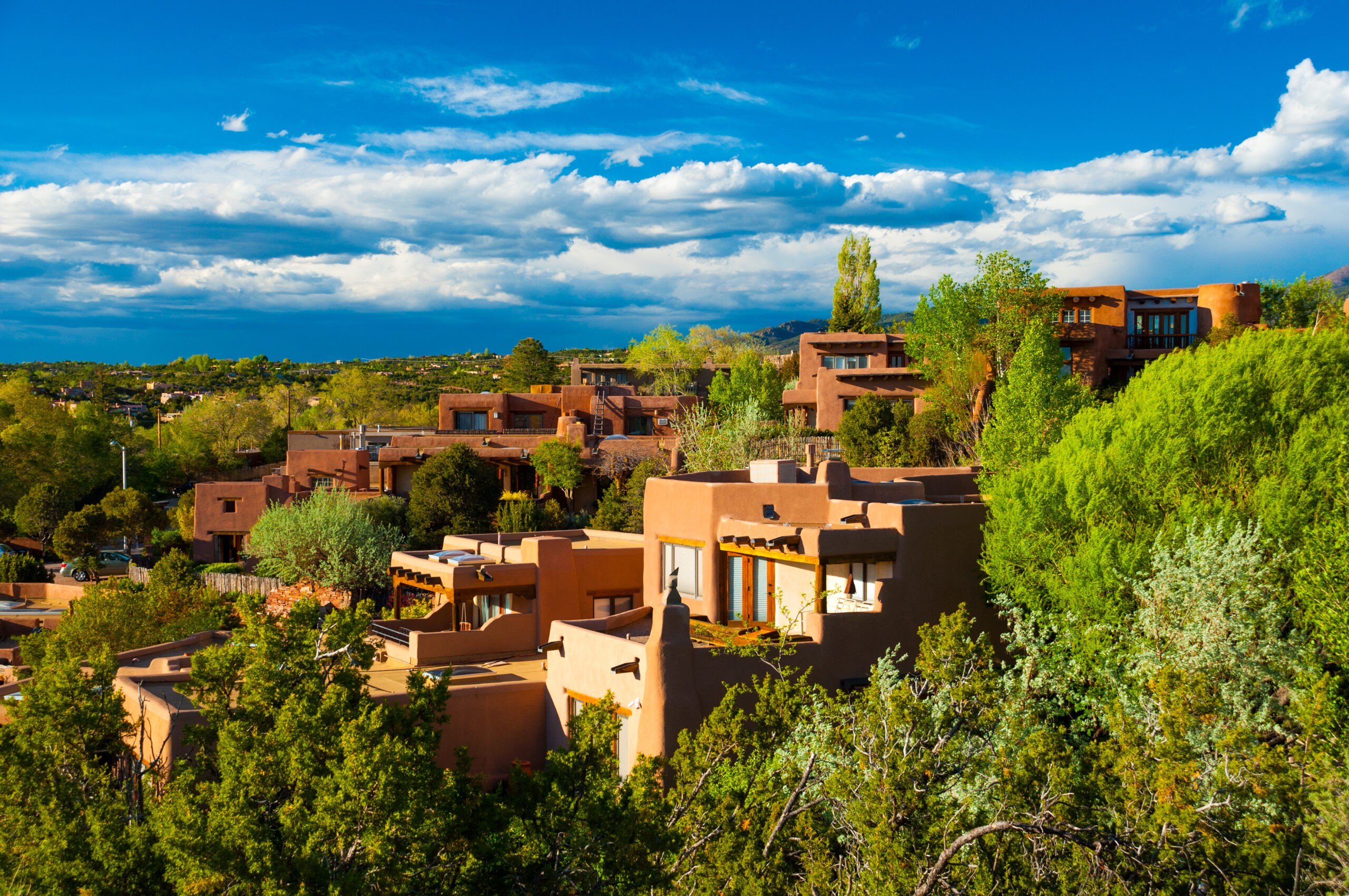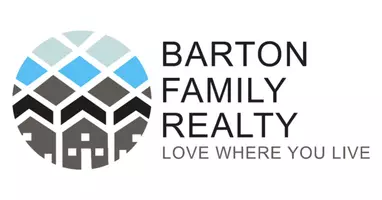Austin House Prices Are Falling But Experts Say They’re Just ‘Going Back To Normal’: These Are The City’s More Affordable Neighborhoods

Photo-illustration by Realtor.com; Source: Getty Images
The Austin, TX, housing market boomed during the COVID-19 pandemic, leaving residents scrambling to get on the property ladder as an influx of workers flooded the town.
Now, with construction slowing and fewer new workers moving in, housing prices are falling and the market is “going back to normal,” according to local real estate agents.
In 2022, Ben Brajtbord, 38, and his girlfriend, Emily Sawyer, 34, started house hunting in Austin when the local market was still on fire. The first-time homebuyers figured it wouldn’t get any easier to buy a home.
But the couple, who both work in financial services, lost about 10 bidding wars to buyers who offered six figures over the asking price. They finally had an offer accepted in August 2022. It was for a three-bedroom, two-bathroom, ranch-style house with a two-car garage in South Austin.
At the time, mortgage rates had risen, thinning out the buyer pool. The couple sensed a shift in the market and were able to get the home, originally listed for $590,000, for $565,000.
Emily and Ben Sawyer
“It went from the craziest of the crazy to ‘Oh, maybe we have a shot,'” says Sawyer.
After a steep run-up in home prices in the Austin metropolitan area during the pandemic, prices have since started to fall. This is due to a confluence of higher mortgage rates, fewer new residents moving in from pricier parts of the country, investor purchases slowing down, and a boom in new construction.
The median list price in the metro fell 6.1% over the past two years, to a median of $542,000 in February, according to the most recent Realtor.com® data. (This was from the highest price in the second quarter of 2022.) Monthly rents, a median of $1,530 in February, were down 4.4% year over year.
Different parts of the city experienced different price drops. Homes on the west side saw some of the largest overall price adjustments. Areas on the edges of the city and into the suburbs have also seen steep declines. We identified the five ZIP codes in the city limits that underwent the biggest declines in price per square foot from the highest list price in the second quarter of 2022 to February 2024.
In the 78748 ZIP code where Brajtbord and Sawyer purchased their home, median list prices dropped 20.4% from the maximum price in the second quarter of 2022 to February 2024.
“It’s always a bit unnerving that you see that you’re not underwater, but [your home] is worth less than you bought it for,” says Brajtbord. “But Austin is still a desirable location. We still love the house. It’s not something that we spend too much time worrying about.”
Austin boomed during COVID-19 and has since cooled
The Austin housing market boomed during the pandemic as it seemed like everyone knew someone (or multiple someones) moving to the Texas capital. Companies such as Google and Amazon announced plans to expand in the area. Homebuyers and renters descended on the area, purchasing and leasing whatever they could find on the market.
“You found a lot of people wanted homeownership as a way to get out of apartments because they wanted yard space and to take advantage of low interest rates,” says real estate broker Brad Pauly, of Pauly Presley Realty. “There were investment dollars that poured in from all over the world.”
The metro added almost 138,000 residents between 2020 and 2022, according to an analysis of U.S. Census Bureau data from Austin’s city demographer. Those folks needed places to live.
“We saw wild starting prices and people wanting those houses so bad that they would bid $100,000 to $200,000 over the asking price. We saw 20 to 40 offers on houses,” says Stephanie Douglass, co-founder of Open House Austin, a real estate brokerage that helps first-time buyers and house hackers.
The market began slowing down as mortgage rates rose from record low levels in the mid-2% range to nearly 8% last fall before settling down in the high 6% range, according to Freddie Mac.
Builders started slashing prices to appeal to buyers. Real estate agents reported seeing fewer out-of-state buyers.
“The number of people moving here has definitely slowed,” says Douglass. “People are going back to their cities. There’s a lot of remote work that’s been removed. They are forced to move back.”
While home prices have fallen from the heights seen as the nation emerged from the pandemic, prices were still up 2.1% year over year in the metro. And they represented a nearly 49% jump from February 2020 to February 2024.
While prices are down, well-priced homes in good condition are still receiving multiple offers, says Pauly. When mortgage rates fall, he anticipates the number of home sales will rise.
Douglass doesn’t believe prices will fall much further.
The price drops might sound like a crash, “but it just means we’re getting back to normal,” says Douglass. “We’re getting to a point where your average salaried employee is able to afford a home again, which is really refreshing.”
Austin's housing market shift has also affected investors
Investors have also been affected by Austin's cooling housing market.
Danielle Coursey, 30, and her husband, Johnny, 32, got into home flipping in 2021, when homes in the city were selling for six figures over the asking price. They started a company, Oak & Stone Residential, where Coursey worked part time (on top of her primary job in product management) and her husband worked full time.
Karina Ordell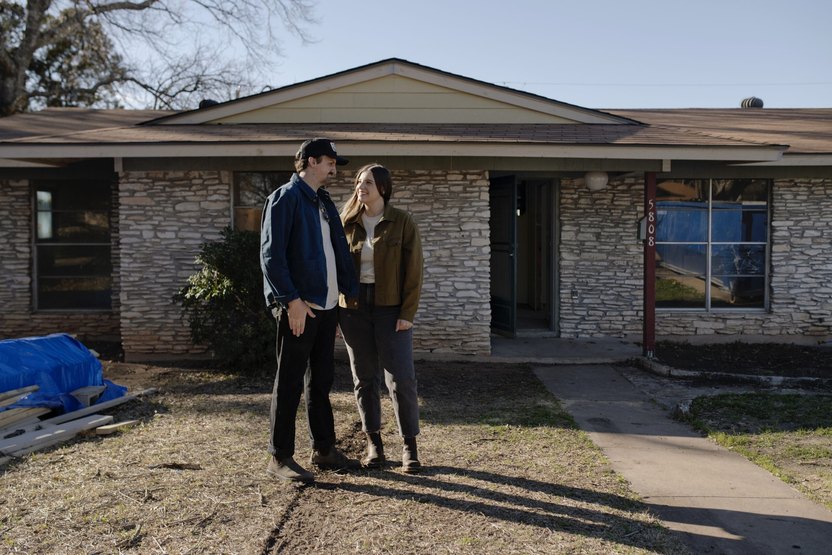
The couple purchased a home in 2022 that they fixed up to flip. But when the Austin housing market cooled, they had to pivot. They decided to live in the property and instead rent out the home they were living in, providing them with a passive income.
Coursey hopes to return to flipping homes when the Austin market improves. For now, though, their company is focusing on doing remodeling work for clients.
"You have to be flexible in these markets and be ready to respond quickly," says Coursey. "We're looking forward to getting back into it at the right time."
Karina Ordell
To figure out where prices have fallen the most, we analyzed Realtor.com median home list price data in Austin ZIP codes. (Some codes include parts of the city as well as surrounding suburbs.) We compared the highest monthly median price per square foot in the second quarter of 2022 with the price per square foot in February 2024. The price per square foot allows us to compare similarly sized homes.
Metros include the main city and surrounding towns, suburbs, and smaller urban areas.
Below are the ZIP codes that have experienced the largest price drops when comparing the price per square foot of a home. (This ensures that similar-sized homes are being analyzed.)
1. 78733 ZIP code
Realtor.com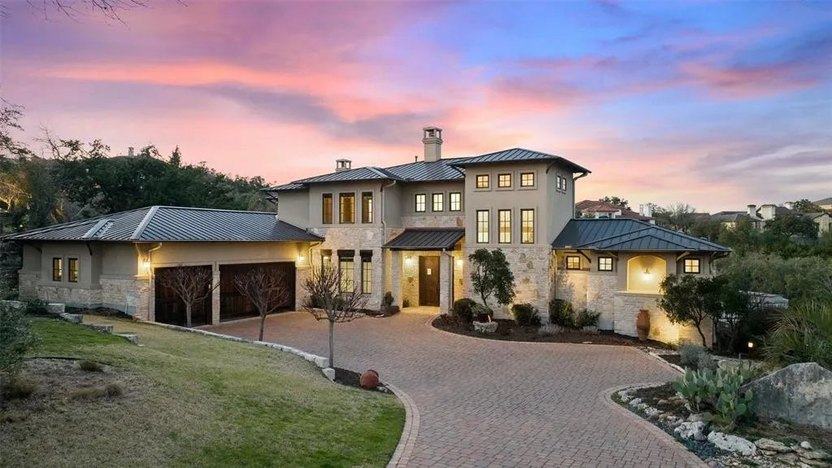
Neighborhood: Barton Creek
Median list price: $1.75 million
Maximum median list price per square foot in the second quarter of 2022: $717
Median list price per square foot in February 2024: $518
Percentage change in price per square foot: -27.7%
This northwestern Austin ZIP code is known for larger luxury homes on generous plots of land, many with pools. During the pandemic, many wealthier buyers from the coasts were drawn to the community along the Colorado River, says Douglass.
"You're not getting into 78733 for less than $1 million," says Douglass.
But after mortgage rates rose and the number of new residents moving in dropped, sellers have been forced to cut prices.
2. 78612 ZIP code
Realtor.com
Neighborhood: Bastrop
Median list price in February 2024: $572,245
Maximum median list price per square foot in the second quarter of 2022: $308
Median list price per square foot in February 2024: $230
Percentage change in price per square foot: -25.4%
The suburban town of Bastrop, about 40 minutes southeast of downtown Austin, was considered the place to be during the pandemic. (The ZIP code includes a sliver of southeastern Austin.)
"It's a hipper, more affordable place," says Douglass. "It's got everything you need. It's on the Colorado River. ... They've got a really cute main square."
Builders have put up scores of new homes at a variety of price ranges in the fast-growing town to meet buyer demand. That extra supply of homes for sale, plus higher mortgage rates, is likely to have contributed to the fall in prices.
3. 78754 ZIP code

Neighborhood: Windsor Hills
Median list price: $408,500
Maximum median list price per square foot in the second quarter of 2022: $272
Median list price per square foot in February 2024: $205
Percentage change in price per square foot: -24.5%
The big draw of the Windsor Hills area is lower home prices. Relatively close to downtown Austin, the neighborhood offers mostly single-family homes and mobile homes for sale.
The lower home prices attracted many first-time homebuyers to the northeastern neighborhood, which borders the suburbs of Pflugerville and Manor.
Builders have also been active in that part of Austin, says Douglass. That's also contributed to the price cuts.
4. 78652 ZIP code
Realtor.com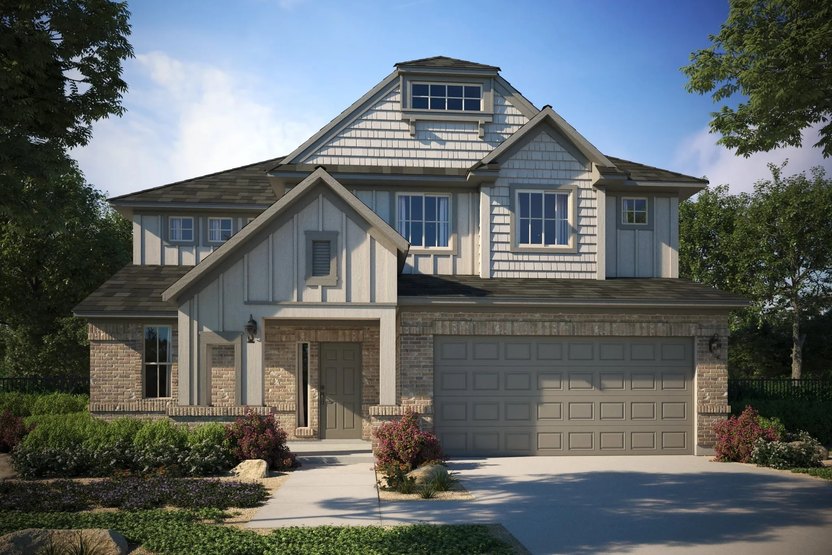
Neighborhood: Manchaca
Median list price: $596,250
Maximum median list price per square foot in the second quarter of 2022: $376
Median list price per square foot in February 2024: $288
Percentage change in price per square foot: -23.3%
The suburb of Manchaca is another affordable area southwest of downtown Austin. Lower property taxes, parks, and a lot of new construction have been big draws for buyers. (The ZIP code includes a little bit of Austin proper.)
The area also boasts a lot of new construction.
"It's a lot of families in their first or second homes," says Douglass.
5. 78704 ZIP code
Realtor.com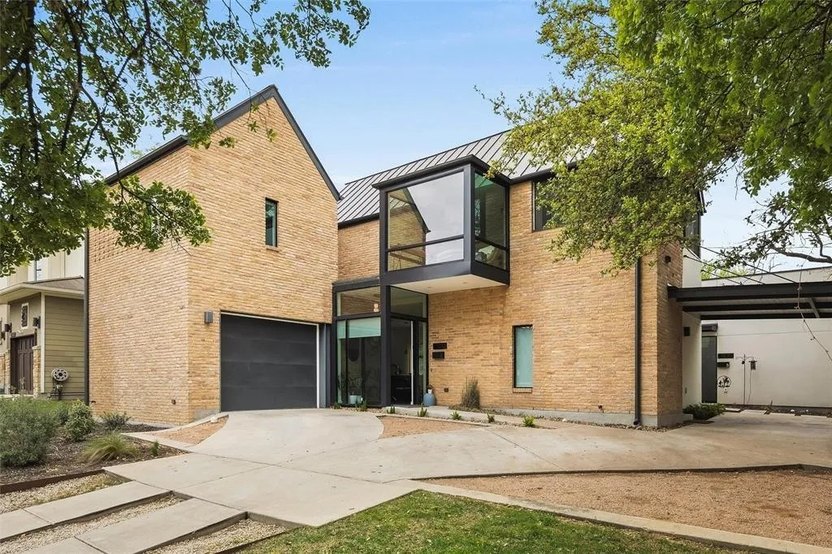
Neighborhoods: Travis Heights, Bouldin Creek
Median list price: $997,000
Maximum median list price per square foot in the second quarter of 2022: $796
Median list price per square foot in February 2024: $618
Percentage change in price per square foot: -22.3%
This area, just south of downtown Austin, was extremely popular during the pandemic. The area's mix of single-family homes and condos were bid up by eager buyers "willing to pay up the wazoo," says Douglass.
"This is one of the hottest, most desirable ZIP codes in the city," says Douglass. "It's extremely close to downtown. It's got bars and restaurants and walkability. It's hot, hot, hot."
The market has since calmed down due largely to higher mortgage rates.
"People can't afford what houses were going for, so the market has had to adjust," says Douglass.
Evan Wyloge provided the data analysis.
The post Austin House Prices Are Falling But Experts Say They’re Just ‘Going Back To Normal’: These Are The City’s More Affordable Neighborhoods appeared first on Real Estate News & Insights | realtor.com®.
Categories
Recent Posts
